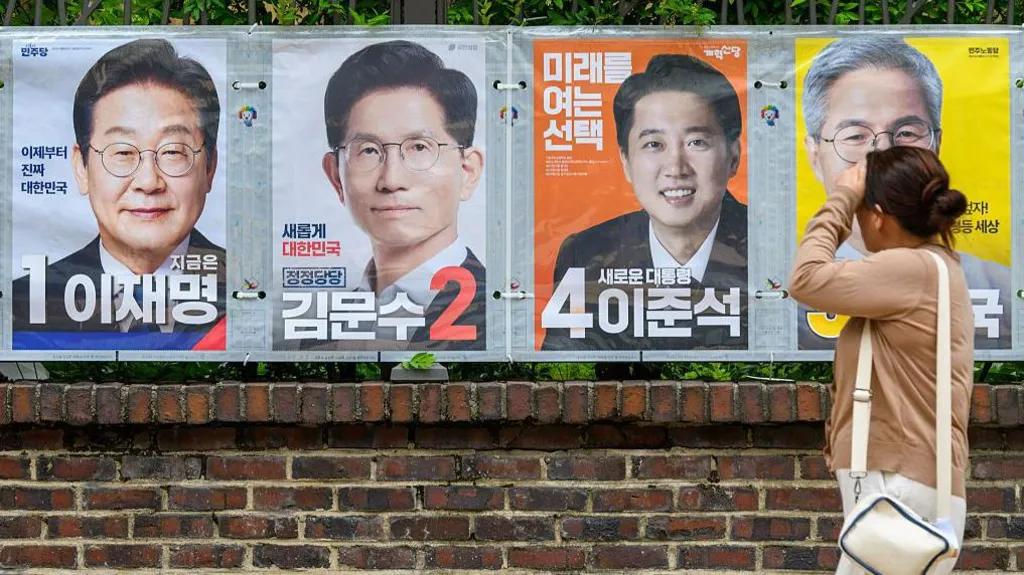What you need to know ahead of South Korea’s snap presidential election

South Korea will elect a new president on 3 June to replace Yoon Suk Yeol, who was removed from office for placing the country under martial law for six hours in December.
The winner will be tasked with managing the political and economic fallout of Yoon’s move, which plunged the country in deep turmoil and divided opinions.
The snap election is also being held as South Korea faces an unpredictable ally in US President Donald Trump – and that will shape long-running challenges such as the threat from North Korea, and Seoul’s frosty relationship with China.
Here is what you need to know as the nation of about 52 million people chooses a new president who will lead it for the next five years.
Why is South Korea holding a presidential election?
Yoon was supposed to serve as president until 2027, but his term ended in disgrace.
He shocked the nation by declaring martial law on 3 December, citing threats from “anti-state forces” and North Korea – but it soon became clear that he was spurred by his own political troubles.
A week later, he was impeached by parliament. On 4 April, a constitutional court upheld his impeachment and removed him from office permanently, setting the stage for a snap presidential election within 60 days, as required by law.
In the six turbulent months since Yoon’s martial law attempt, the country has had three acting presidents, the most recent being Lee Ju-ho, the labour minister who assumed the role one month before the election.
Lee replaced Prime Minister Han Duck Soo, who himself was impeached just weeks after taking over from Yoon as acting president. Finance minister Choi Sang-mok was acting president before Han was reinstated in March.
What are the big issues in South Korea’s election?
Yoon’s martial law laid bare the deep political divisions in the country, as those who supported his decision to impose martial law and those who opposed it took to the streets in protest.
The following months of uncertainty shook public confidence in South Korea’s economy. And this was at a time when US President Donald Trump unleashed his tariffs on America’s trading partners, with South Korean goods facing a 25% levy.
Closer to home, relations with North Korea are a persistent challenge. While 2025 has been relatively uneventful, the year before saw heightened tensions as Kim Jong Un escalated the rhetoric, and both sides spent months sending balloons and drones carrying propaganda materials across the border.
South Korea’s new leader must also balance Seoul’s relations between its biggest trading partner, Beijing, and its most important security ally, Washington.
Then there is the task of arresting the country’s declining birth rate, which is among the lowest in the world – 0.75.
Next:Charlie Kirk, a prominent conservative activist and Trump ally, dies after shooting at Utah campus event
Related Reading
- Canada first G7 nation to recognise Palestinian state
- Charlie Kirk, a prominent conservative activist and Trump ally, dies after shooting at Utah campus event
- Trump freezes $2bn in Harvard funding after university rejects demands
- Man arrested after suspected arson attack at Pennsylvania governor’s home
- US in direct nuclear talks with Iran, Trump says
- World leaders criticise Trump tariffs as ‘major blow’
- Canadians are taking Trump’s annexation talk very seriously
- Foreign media: Trump said he was making a “decisive break” with past U.S. foreign policy, calling it “very stupid”
- Price increases before tariffs arrive! Is there another secret behind the expansion of U.S. manufacturing?
- Is there “overinvestment in AI computing power” in the United States?
